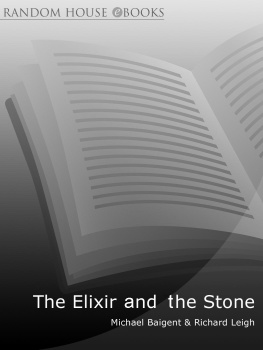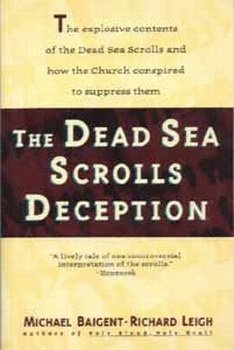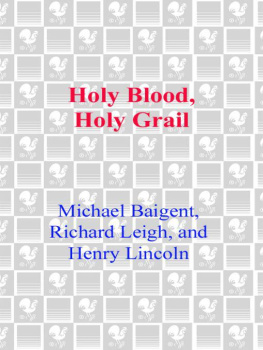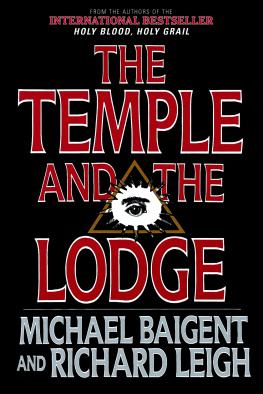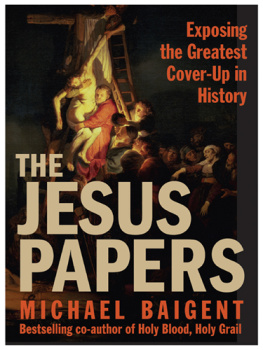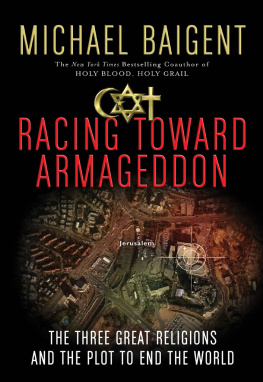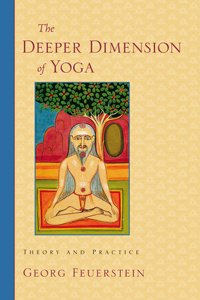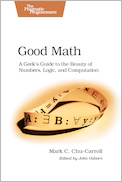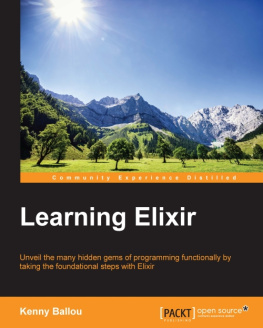Michael Baigent - The Elixir and the Stone
Here you can read online Michael Baigent - The Elixir and the Stone full text of the book (entire story) in english for free. Download pdf and epub, get meaning, cover and reviews about this ebook. publisher: Random House, genre: Religion. Description of the work, (preface) as well as reviews are available. Best literature library LitArk.com created for fans of good reading and offers a wide selection of genres:
Romance novel
Science fiction
Adventure
Detective
Science
History
Home and family
Prose
Art
Politics
Computer
Non-fiction
Religion
Business
Children
Humor
Choose a favorite category and find really read worthwhile books. Enjoy immersion in the world of imagination, feel the emotions of the characters or learn something new for yourself, make an fascinating discovery.
- Book:The Elixir and the Stone
- Author:
- Publisher:Random House
- Genre:
- Rating:5 / 5
- Favourites:Add to favourites
- Your mark:
- 100
- 1
- 2
- 3
- 4
- 5
The Elixir and the Stone: summary, description and annotation
We offer to read an annotation, description, summary or preface (depends on what the author of the book "The Elixir and the Stone" wrote himself). If you haven't found the necessary information about the book — write in the comments, we will try to find it.
The Elixir and the Stone — read online for free the complete book (whole text) full work
Below is the text of the book, divided by pages. System saving the place of the last page read, allows you to conveniently read the book "The Elixir and the Stone" online for free, without having to search again every time where you left off. Put a bookmark, and you can go to the page where you finished reading at any time.
Font size:
Interval:
Bookmark:
CONTENTS
ALSO BY THE SAME AUTHORS
The Holy Blood and The Holy Grail
(with Henry Lincoln)
The Messianic Legacy
(with Henry Lincoln)
The Temple and the Lodge
The Dead Sea Scrolls Deception
Secret Germany
The Inquisition
BY MICHAEL BAIGENT
Mundane Astrology
(with Nicholas Campion and Charles Harvey)
From the Omens of Babylon
Das Geheimnis der Templer
Ancient Traces
ABOUT THE BOOK
Since the seventeenth century, science has been contending with philosophy, organised religion and the arts for domination over Western civilisation and society. By the middle of the twentieth century, the battle appeared to be won; scientific rationalism and scepticism were triumphant. Yet in the last few decades a strong and potent counter-current has emerged. One manifestation of this has been the so-called occult revival.
The Elixir and the Stone is a remarkably rich and ambitious book that adds up to little short of an alternative history of the intellectual world. Perhaps for the first time it puts into their true context those shadowy alchemists and magicians who have haunted the imaginations of people for centuries. Moreover it offers a way of looking at the world that is in one sense alternative but, in another, deeply historical.
ABOUT THE AUTHOR
Michael Baigent was born in New Zealand in 1948, and obtained a degree in psychology from Canterbury University, Christchurch. Since 1976 he has lived in England.
Richard Leigh studied at Tufts University, Boston, the University of Chicago and the State University of New York at Stony Brook.
Together they have co-authored a number of books including the international bestsellers The Holy Blood and The Holy Grail, The Dead Sea Scrolls Deception and Secret Germany.

Une fort des symboles est la nature
O le meute cherche la mandagore.
Fouilles-toi, et tu percevras
Lalisier, cormier et alchemilla.
Ave, regina elementorum.
Le riche art de la chimie noire
Vient du sortilge du gros bois.
La cithare saumtre lave lhermine
Et la gent lensachant.
Ave, mundi rosa.
Mais sois sans crainte. et tu verras
Le Normand vainc le captien.
JEHAN LASCUIZ
LIST OF ILLUSTRATIONS
PICTURE SECTION
Hermes Trismegistus (copyright: Scala, Florence (Cathedral, Siena))
Thoth standing before Ra (copyright: British Museum, London)
Thoth and Anubis in the Halls of Justice (copyright: British Museum, London)
Dr John Dee, the Elizabethan magus, anon., British School, 1594 (copyright: Ashmolean Museum, Oxford)
A magical seal, designed in wax by Dr John Dee (copyright: British Museum, London)
The Hermetic philosopher (copyright: British Library, London)
The Monochord of Hermetic philosopher Robert Fludd (copyright: British Library, London)
The Hermetic philosopher following the footprints of nature (copyright: British Library, London)
Geometry and divine proportion (copyright: British Library, London)
The College of the Rosicrucian Brotherhood (copyright: British Library, London)
Primavera by Sandro Botticelli (copyright: Scala, Florence (Uffizi, Florence))
Dr Faustus involving the devil (copyright: British Library, London)
La Gloria by Luca Cambiaso (copyright: MAS, Barcelona (El Escorial, near Madrid))
Melancholia by Albrecht Drer (copyright: British Museum, London)
Leonardo da Vinci: scheme of human proportion (copyright: Scala, Florence (Accademia, Venice))
Heinrich Cornelius Agrippa: scheme of human proportion (copyright: British Library, London)
Robert Fludd: scheme of human proportion (copyright: British Library, London)
Francesco Giorgi: human proportions in harmonic relationship with a design for a church (copyright: Biblioteca Nazionale Centrale di Firenze)
The church of S. Maria della Consolazione, Todi, Italy (copyright: Scala, Florence)
Interior view of the cupola of S. Eligio degli Orefici, Rome (copyright: Scala, Florence)
Leonardo da Vinci: church design based on a circular geometry (copyright: Bulloz, Paris (Bibliothque de LInstitut de France, Paris))
Leyton Grange, Essex in 1740 (copyright: British Library, London)
Taming wild nature at Badminton, 1720 (copyright: British Library, London)
Heidelberg Castle and gardens (copyright: British Library, London)
One of the automata designed by Salomon de Caus (copyright: British Library, London)
Door to the amphitheatre of eternal knowledge: a Rosicrucian engraving (copyright: British Library, London)
Fighting between Hells Angels and spectators at Altamont (copyright: Michael Ochs Archives/Redferns, London)
Jimi Hendrix in concert (copyright: Petra Niemeier/Redferns, London)
The Grateful Dead playing at the Great Pyramid, Egypt (copyright: Adrian Boot/London Features International)
The pyramid form of the stage at the first Glastonbury festival (copyright: Mick Huston/Redferns, London)
Mysterious blues guitarist Robert Johnson (copyright: Redferns, London)
Voodoo: ritual dancing in the temple (copyright: Guido Mangold/Camera Press, London)
Voodoo: the drawing of the vever to the god Agw (copyright: Images Colour Library, London)
Voodoo: the beginning of the ritual (copyright: Guido Mangold/Camera Press, London)
MAPS
Ancient Egypt under Greek rule, 33230 BC
The Arab world in the Middle East, eighth century AD
Islamic Spain: the Emirate of Cordoba
Renaissance Italy, late fifteenth century
ACKNOWLEDGEMENTS
Once again, we gratefully acknowledge the pastoral skills of Ann Evans and Jonathan Clowes, who, displaying a Cistercian virtuosity with loaves, if not fishes, have shepherded us and this book through the traditional writers wasteland of illiquidity.
We wish also to thank the staff of Arrow, and especially Robin Waterfield, our editor, for his help and support. And we are grateful as well to Sacha Abercorn, Jane Baigent, Ann Baring, Brie Burkman, Lindsay Clarke, Leonidas Goulandris, Belinda Hunt, Sonia Kanikova, Peter Kingsley, Beverly Kleiman, Francis Kyle, David Milne-Watson, Andrew Newmark, Andrew Nurnberg, Isobel Pilsworth, Peter Phillips, John Saul, Esther Sidwell, Lucas Siorvanes, Yuri Stoyanov, Geoff Vanderplank, Jan de Villeneuve, Tatiana Wolff, as well as the staff of the British Library Reading Room, Bloomsbury, and the Warburg Institute, University of London.
INTRODUCTION
Through whom does our civilization seek to define its identity? The answer would at first appear obvious enough. People still speak of Christian civilization, Christian culture, the Christian world. Although not quite as frequently as in the past, people still speak of Christendom. From such phrases as these, it is clear that Western society flatters itself by regarding Jesus Christ as the defining figure of the reality it has created. In fact, however, the figure who most accurately personifies Western culture is not the lamblike saviour nailed to a cross. On the contrary, it is a very different figure the magus, the magician, the sorcerer who, in Renaissance folklore, signed a pact of blood with the Devil. The defining figure for our civilization is not Christ, but Faust.
Faust, or Faustus, endures today primarily, though not exclusively, through two monumental works of literature Marlowes play and Goethes dramatic poem. Both of these works confront Western civilization with an embodiment of its collective identity. Both revolve around a man who, when one first encounters him, has already mastered all spheres of established knowledge, has traversed the entire spectrum of human experience and wonders compulsively where to venture next wonders what new worlds there are to conquer, what new disciplines there are to investigate, what new domains of knowledge there are to explore. Unlike Jesus Christ , this figure does not seek to lead others to God, nor even to attain his own personal oneness with God. On the contrary, he seeks nothing less than to become God himself. In pursuit of this quest, he employs the technical apparatus of his age to conjure to his bidding the repository of an immense and untapped power a power which, by the standards of traditional Christian morality, is labelled infernal, demonic, diabolic, satanic. With the repository of this power, Faustus makes his pact. He will be granted the resources and capacity to achieve everything he wishes to achieve, to obtain dominion over new realms of knowledge, to scale the heights and plumb the depths of human experience, to probe and chart the hitherto uncharted and unknown. And in exchange, at the termination of his allotted span, he will forfeit his soul.
Next pageFont size:
Interval:
Bookmark:
Similar books «The Elixir and the Stone»
Look at similar books to The Elixir and the Stone. We have selected literature similar in name and meaning in the hope of providing readers with more options to find new, interesting, not yet read works.
Discussion, reviews of the book The Elixir and the Stone and just readers' own opinions. Leave your comments, write what you think about the work, its meaning or the main characters. Specify what exactly you liked and what you didn't like, and why you think so.

